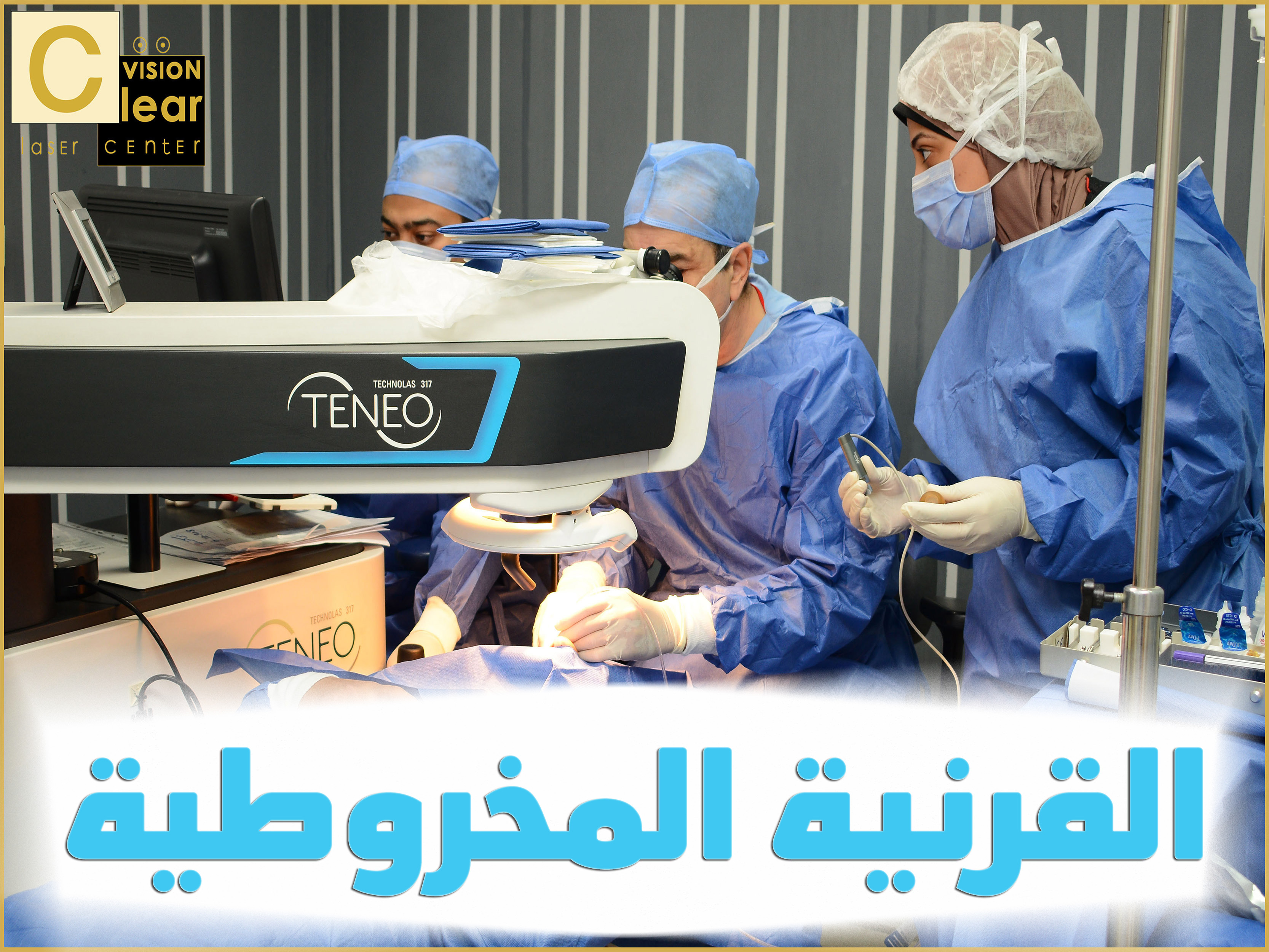
Vision and Vision Center Clear Vision 12 years of experience and all doctors who conduct operations and supervise the cases professors in the universities of Egypt The use of the latest German technology for eye correction and examination devices in the world is the first Egyptian center collaborates with the Center Vysium in Spain and the only center in Egypt that owns the Corvis ST is the most accurate device in the world to measure the strength of the cornea of the eye to determine the appropriate operation by 100%
+2 01224247777
info@clearvisionlasik.net
54 El Batal Ahmed Abdel Aziz St., Mohandeseen, Giza
Recent Posts
- Clear Vision Center at Seventh Seventh Medical June 30, 2016
- Clear Vision is free to detect Giza governorate employees June 27, 2016



No Comments